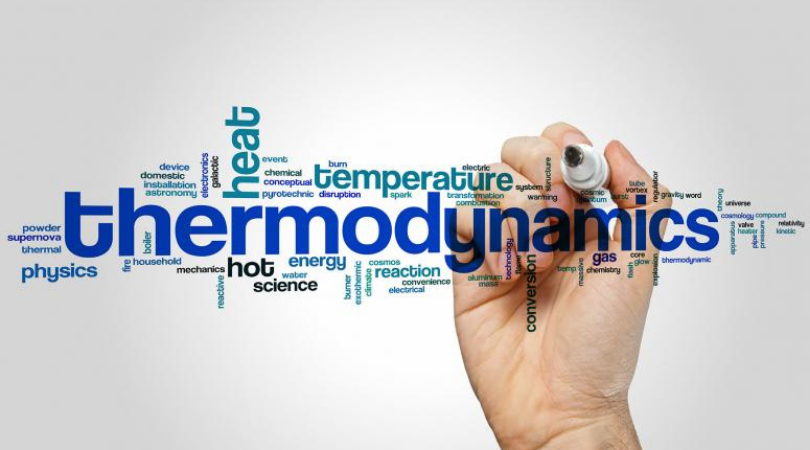What Is Thermodynamics?

Thermodynamics sections
The standard course of thermodynamics consists of the following sections:
- like any physical theory, thermodynamics begins with axioms. Usually, they are formulated in the form of the principles of thermodynamics. An alternative but the completely equal method is to deduce thermodynamics from an extreme principle.
- equations of state and other properties of simple thermodynamic systems (ideal gas, real gas, dielectrics, and magnets, etc.).
- equilibrium processes with simple systems, thermodynamic cycles.
- nonequilibrium processes and the law of non-decreasing entropy.
- thermodynamic phases and phase transitions.
In addition, modern thermodynamics also includes the following areas:
- a strict mathematical formulation of thermodynamics based on convex analysis;
- nonextensive thermodynamics;
- the application of thermodynamics to non-standard systems (for example, the thermodynamics of black holes).
The need for thermodynamics
All kinds of macroscopic bodies surround us. They have various characteristics. Each solid has a specific mass, a moment of inertia, volume, shape. It can move in space, rotate, interact through gravity with other bodies. As a result, it can possess kinetic and potential energy. The science that studies this movement is called mechanics.
The body can have an electric charge and magnetic moment, which means it can interact with external electromagnetic fields. The science that studies this interaction is called classical electrodynamics.
However, this is not all. Experimental fact: the body can possess internal energy. This energy can be increased mechanically, and it can be taken away from the body. So, the internal energy is an objective physical reality, and it must be a part, in particular, of the law of energy conservation.
If we have several interacting solids, then mechanics will answer the question of how these bodies will move. If we have a charged body, then electrodynamics will answer the question of how the charge will be distributed throughout the body. However, we do not yet have a theory that will answer the question of how internal energy is distributed throughout the body. But there is no complete physical description of a macroscopic body without an answer to this question.
We understand that, in principle, internal energy can be distributed throughout the body with the desired volume. However, a second experimental fact comes to the rescue: all macroscopic bodies and systems, being isolated from external influences, sooner or later come into a state of internal equilibrium. This state is unique, which means that the distribution of internal energy by volume is also unique (preventing possible objections in the future: it is already clear from this that internal energy is a state function).
So, we come to the conclusion that we do not yet have a theory that would give an answer to the question of how the internal energy is distributed in a macroscopic body in a state of equilibrium. Such a theory must be created to complete the picture. This theory is called thermodynamics.
Category: Education
Tags: science, Thermodynamics